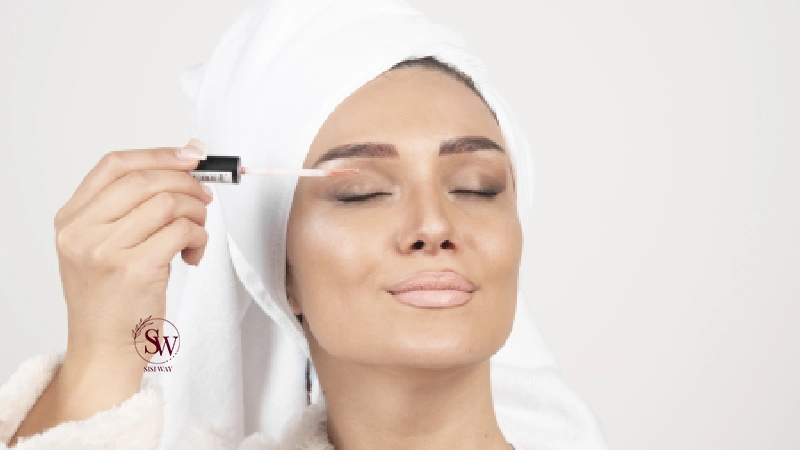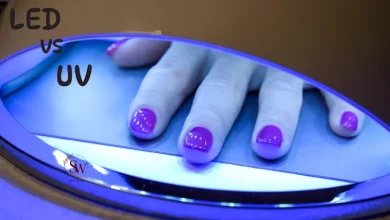Can Eyebrows Grow Back?
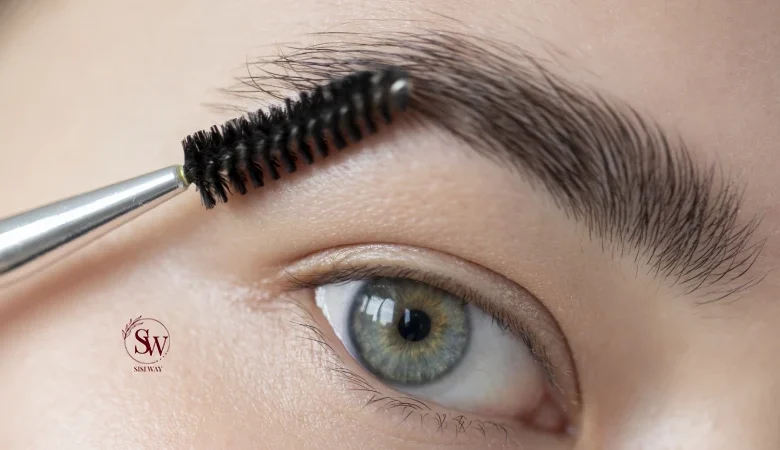
Eyebrows are not just facial features; they frame our eyes and play a crucial role in defining our expressions. However, many of us have experienced the unfortunate event of over-plucking, waxing accidents, or even medical conditions that lead to thinning or loss of eyebrows. This raises a common question: Can eyebrows grow back? In this comprehensive guide, we delve into the myths, realities, and science behind eyebrow regrowth.
Why Do We Have Eyebrows?
Before diving into the regrowth process, it’s essential to understand the anatomy of eyebrows. Each eyebrow consists of around 250 hairs, which grow in three phases: the anagen (active growth), catagen (transitional), and telogen (resting) phases. The duration of each phase varies among individuals, influencing the overall growth rate and density of eyebrows.
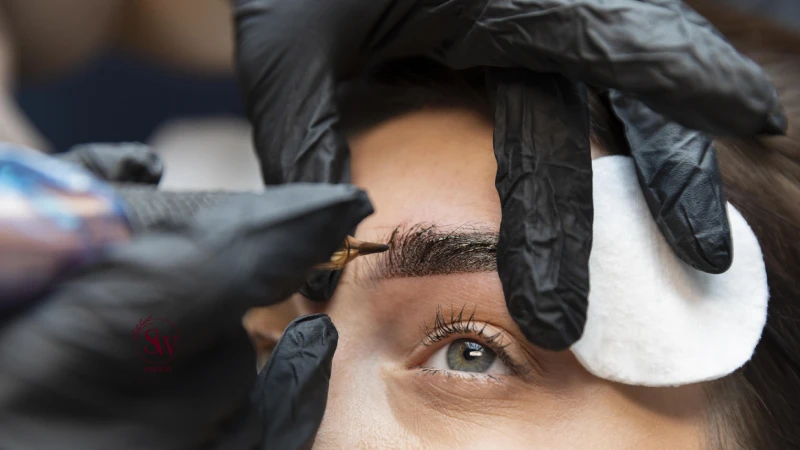
Eyebrows serve a vital function beyond their aesthetic appeal. Here’s why we have them:
- Protection: One of the primary roles of eyebrows is to protect the eyes from sweat, water, and debris. The arched shape of eyebrows helps divert moisture and particles away from the eyes, preventing irritation and maintaining clear vision.
- Communication: Eyebrows play a crucial role in nonverbal communication by conveying emotions and expressions. Raised eyebrows indicate surprise or curiosity, while furrowed brows signal concern or concentration. Their prominence above the eyes enhances facial expressions, allowing for more nuanced communication.
- Thermoregulation: Eyebrows help regulate temperature by reducing glare and shielding the eyes from excessive sunlight. They also trap moisture and sweat, which evaporates and cools the skin, helping to regulate body temperature.
- Evolved Function: Evolutionarily, eyebrows may have served as a means of communication and social signaling among early humans. Their expressive nature would have facilitated cooperation, bonding, and survival within social groups.
Read About: Can Nail Polish Cause Cancer?
Factors Affecting Eyebrow Growth
Several factors contribute to eyebrow growth, including genetics, age, hormonal changes, and lifestyle habits. Genetics plays a significant role in determining the thickness, shape, and growth pattern of eyebrows. Additionally, hormonal fluctuations, such as those experienced during puberty, pregnancy, or menopause, can influence eyebrow growth. External factors like nutritional deficiencies, stress, and certain medical conditions can also impact eyebrow health and regrowth.
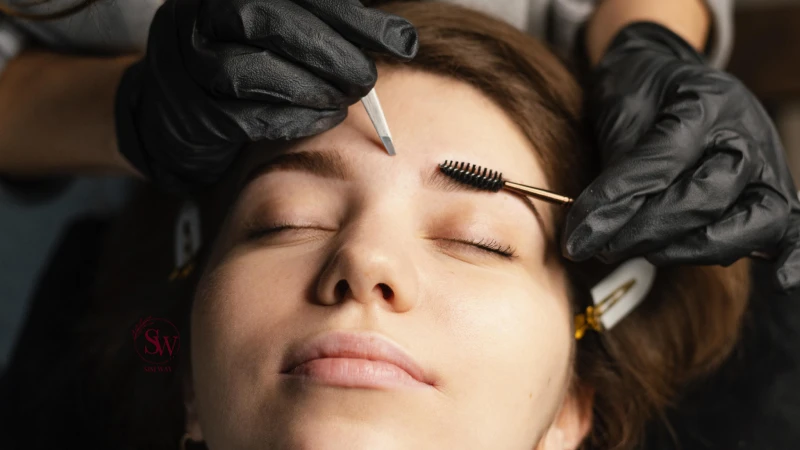
Myths vs. Realities:
Myth: Over-plucking or waxing damages hair follicles permanently, preventing eyebrow regrowth.
Reality: While excessive plucking or waxing can damage hair follicles temporarily, they typically regenerate within a few weeks to months, allowing eyebrows to grow back. However, repeated trauma to the follicles may lead to long-term damage and hinder regrowth.
Myth: Applying castor oil or other home remedies can stimulate eyebrow growth.
Reality: While some people claim that applying castor oil or other natural remedies promotes eyebrow growth, scientific evidence supporting these claims is limited. However, maintaining proper skin care and nutrition can support overall hair health, potentially aiding in eyebrow regrowth.
Myth: Shaving eyebrows results in thicker and faster regrowth.
Reality: Shaving does not affect the thickness or rate of eyebrow regrowth. It merely removes the visible hair, leaving the follicles intact. The regrowth process remains unchanged, with new hairs emerging at a similar pace and thickness as before.
Medical Conditions Affecting Eyebrow Regrowth
Certain medical conditions can impede eyebrow regrowth or cause excessive thinning, including alopecia areata, thyroid disorders, and trichotillomania (hair-pulling disorder). In alopecia areata, the immune system mistakenly attacks hair follicles, leading to sudden hair loss, including eyebrows. Thyroid disorders, such as hypothyroidism or hyperthyroidism, can disrupt the normal hair growth cycle, resulting in sparse or thin eyebrows. Trichotillomania, a psychological disorder characterized by the urge to pull out hair, commonly affects eyebrows and eyelashes, leading to noticeable thinning or bald patches.
Treatment Options for Eyebrow Regrowth
Several treatment options are available for promoting eyebrow regrowth, depending on the underlying cause and individual preferences. These include:
- Topical Treatments: Over-the-counter or prescription topical treatments containing minoxidil (Rogaine) or bimatoprost (Latisse) may stimulate eyebrow regrowth by prolonging the anagen phase and increasing hair density.
- Nutritional Supplements: Supplements containing biotin, vitamins (A, C, E), and minerals (iron, zinc) support hair health and may aid in eyebrow regrowth, particularly in cases of nutritional deficiencies.
- Microblading or Tattooing: For individuals with permanent eyebrow loss or scarring, microblading or eyebrow tattooing offers a semi-permanent solution by creating natural-looking hair strokes to mimic eyebrow hair.
- Platelet-Rich Plasma (PRP) Therapy: PRP therapy involves injecting the patient’s platelet-rich plasma into the eyebrow area to stimulate hair follicle growth and promote thicker, fuller eyebrows.
FAQs:
- How long does it take for eyebrows to grow back after over-plucking?
Eyebrows typically take anywhere from 6 to 8 weeks to grow back after over-plucking, although individual regrowth rates may vary. - Can hormonal imbalances affect eyebrow regrowth?
Yes, hormonal imbalances, such as those experienced during puberty, pregnancy, or menopause, can influence eyebrow growth and may lead to thinning or loss of eyebrows. - Is eyebrow regrowth possible for individuals with alopecia areata?
While eyebrow regrowth may occur spontaneously in some cases of alopecia areata, it often requires medical intervention, such as corticosteroid injections or topical immunotherapy, to stimulate hair regrowth.
Conclusion
In conclusion, the ability of eyebrows to grow back depends on various factors, including genetics, lifestyle, and underlying medical conditions. While temporary damage from over-plucking or waxing can hinder regrowth, most cases of eyebrow thinning or loss are reversible with time and appropriate treatment. Understanding the myths and realities surrounding eyebrow regrowth can empower individuals to make informed decisions about their eyebrow care and seek professional help when needed.
